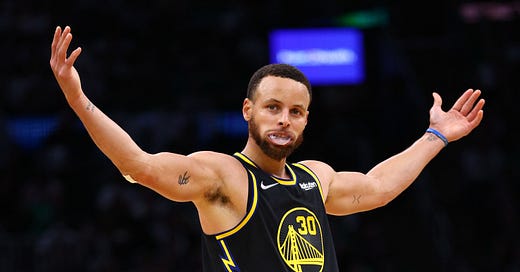Were They Late-Blooming Players — or Just Misjudged Early?
They weren’t slow to develop — you were too quick to overlook.
What if the so-called “late bloomers” were always ready — and the system just wasn’t watching?
The current transfer dynamic — low-major athletes ascending to high-major programs, and their high-major counterparts descending in search of minutes — demands a reassessment of our supposed evaluative standards. The phenomenon is not aberrant. It is revelatory.
One must ask: who erred first — the evaluators who mistook visibility for value, or the recruiters whose attention remained tethered to the main courts of summer circuits, where propinquity to hype too often substitutes for discernment?
That so many of today’s collegiate standouts were once consigned to “back gym” status during their high school AAU years reveals not a miraculous transformation, but a systemic oversight. The failure was not developmental — it was observational. These athletes were not late bloomers; they were prematurely dismissed.
Their absence from the early recruiting hierarchies had little to do with aptitude and much to do with access. They did not lack ability — they lacked audience. They played the same game, with the same acumen, just without the credentialed eyes or curated attention spans present on Court One.
Whether development is categorically superior at the so-called “lower levels” is not a claim one should make lightly. What can be said — with growing confirmation — is that these programs often inherit the under-recruited: athletes whose talent was not absent, but overlooked. That such players go on to thrive does not indict high-major programs, many of which remain exceptional in their developmental capacities. Rather, it reveals that developmental outcomes are frequently shaped not by the prestige of the program, but by the accuracy of the original evaluation. And in that regard, the lower levels have become both a proving ground — and an indictment.
Meanwhile, the evaluative mechanisms at the high school level — particularly those embedded in the AAU industrial complex — have, in too many cases, rewarded spectacle over substance. Their judgments have been shaped less by sustained analysis than by who had the louder buzz, the bigger platform, or the more marketable narrative.
Therein lies the irony. The AAU back gym, once dismissed as a holding pen for the unremarkable, has retroactively become a case study in missed potential. The players were not underdeveloped — they were underseen. Not prospects in need of reinvention, but competitors awaiting recognition.
To witness a former back-gym athlete, once overlooked in high school, ascend from a low-major setting to prominence in a high-major rotation is not to celebrate an underdog. It is to confront how flawed the original reading was.
To the player whose AAU games drew no cameras, whose name was left off lists assembled by those who watched from a distance: your path was not delayed. It was simply detoured by negligence.
And to those entrusted with spotting talent but content to recycle narrative:
Their emergence does not vindicate development. It indicts your original evaluation.
Author’s Note
This essay does not lament oversight; it interrogates it. It is not a celebration of the so-called “late bloomer,” but an examination of the mechanisms that made such a label necessary in the first place. What follows is not a tribute — it is a correction.



